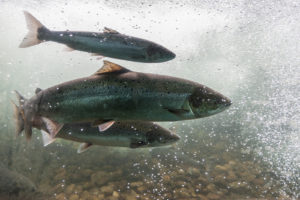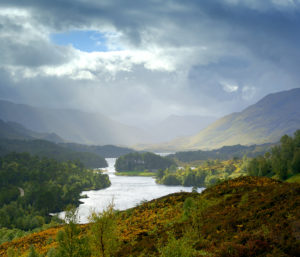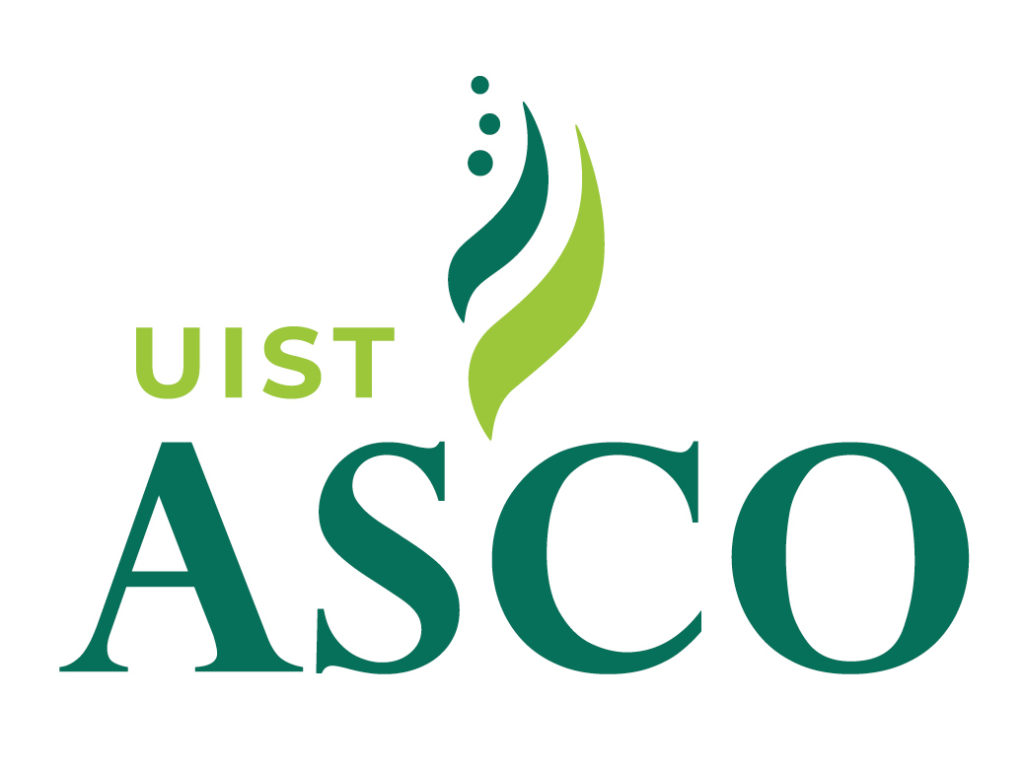By: Jean-Pierre (JP) Brien, Project Manager at Uist Asco
We’re seeing an encouraging trend across Scotland, where people are trying to find their own balance between sustaining their thriving communities and protecting their local environment. This greater eco-consciousness aligns with our emphasis on sustainability, showing that you don’t have to give up on the prosperity of people to be good environmental stewards. With that in mind, here are four success stories of sustainability in Scotland that are worth celebrating (and mirroring if you can).
Making Fuel from Organic Waste
With our proximity to the water, it’s no surprise that communities throughout the Hebrides make their subsistence from the sea. Everything from Ascophyllum nodosum to lobsters and fish contribute to the local economy. What if there were untapped resources left on the table from processing practices? And what if those unused resources could be used to improve life throughout the archipelago? That is what the Outer Hebrides Local Energy Hub (OHLEH) project has attempted to solve.

Before the OHLEH project, organic waste from the Scottish Salmon Company (SSC) went unused in any meaningful way. Through their partnership with Pure Energy Centre, Community Energy Scotland and Comhairle nan Eilean Siar (CnES), this organic debris is being transformed into an eco-friendly energy source.
The process starts when the organic waste from SSC’s processing plant on the Isle of Lewis is combined with local household and garden waste from the local community in an anaerobic digestor at the CnES Household Waste and Recycling Center. As microorganisms break down this biodegradable material, a natural biogas is produced that fuels a combined heat and power plant that in turn provides energy to an electrolyser which powers SSC’s hatchery and CnES’s hydrogen-powered bin lorry.
The chain of green energy created by this project not only made a big splash in the local community but beat out a number of other competitors in the 2019 VIBES Scottish Environment Business Awards.
Renewable Heating Across Scotland
The world is warming to the idea that we need to transition away from non-renewable energy. Though change has been gradual, the shift to renewables has picked up momentum as the technology improves and public awareness expands. Yet the countries that have made the swiftest progression to renewable energy projects are those where municipalities and government take an active role.
The Comhairle nan Eilean Siar as well as the Tighean Innse Gall have obtained funding from the Scottish government to help convert homes throughout the Hebrides to more sustainable energy alternatives. One particular initiative is to transition buildings ranging from flats and bungalows to larger homes and businesses to a reliable, renewable heating source with air source heat pumps.
More than lowering the collective carbon footprint, these air source heat pumps and similar programs promise to help cut the energy bills of people throughout the Hebrides as well as provide those who make the adjustment with quarterly payments from the Government’s Renewable Heat Incentive (RHI) scheme. It is a win-win for local communities and our shared environment.
Rewilding the Scottish Highlands
Often, prosperity is talked about in terms of financial or economic wellbeing, but there should also be a conversation about conserving the land itself. Countries that embrace sustainability not only are conscious about their consumption and environmental impact, but how much space they make for the plants and animals vital to delicate ecosystems. Though the Scottish Highlands are thought of as wild spaces by outsiders, the communities in the northwest corridor of the country are working to restore some of its untouched, venerable majesty.

The Affric Highlands initiative is one of the largest scale rewilding projects to take place in Scotland. This 30-year project will create a connected habitat spanning over 200,000 hectares of land between the west coast and Loch Ness. The goal is to plant trees, fortify river corridors, and restore peat bogs to create continuous natural spaces for wildlife to thrive.
What’s particularly encouraging is the degree to which the community is embracing their roles as stewards. Farmers, landowners and fishers have signed up to help manage the land and contribute their expertise to the rewilding of these spaces. Early assessments suggest that animals ranging from salmon, trout and otters to golden eagles, short-eared owls and mountain hares will benefit from the conservancy of this project. Some of this restoration might even encourage the return of wildcats, beavers and lynx.
As well as cultivating a more robust natural environment, this project is also working to incorporate nature-friendly farming practices within the region, which can benefit the local communities and preserve the natural beauty of the Affric Highlands.
Preserving Seaweed for the Future & Lowering Carbon Emissions
In our corner of the Hebrides, we’re working hard to ensure sustainability permeates our business practices. From low-impact seaweed harvesting methods to using renewable energy in our processing facility, we strive to find new ways to lower our eco-footprint.
With regular excursions into the coastal waters of North Uist, we get to see first-hand how important Ascophyllum nodosum is to a wide variety of marine animals that call the seaweed home or use it for protection or nourishment. As part of the local community, we’ve seen the traditional and modern ways in which this all-natural resource improves the lives of everyone it touches. That’s why we are cautious about how we take care of this resource from start to finish.
For example, our Harvesters, comprised of local people looking to supplement their living, follow seaweed harvesting methods that leave a minimal impact on the resource itself. They only give the seaweed a trim and protect the marine plant’s holdfast (root) so that the Ascophyllum nodosum can regrow. We also monitor the seaweed stock to ensure that we only harvest seaweed from areas that have fully regrown to healthy proportions.
Beyond how we care for the local seaweed stock, we also strive to process our products with a lower ecological footprint. Using a Renewable Heat Incentive (RHI) compliant method instead of fossil fuels, we dry the seaweed using woodchips, a renewable resource. In fact, we are working to procure and implement a new seaweed dryer that is 50% more energy efficient than our traditional dryer.
We have also transitioned away from using trucks to deliver most of the dry woodchips and logs for our dryer, bringing in 1,000 metric tons at a time via a local barge. This radically reduces the amount of fuel that’s consumed to transport this resource to North Uist for our manufacturing processes.
As we grow, we’ll continue to look for more ways in which we can increase our sustainable practices, whether that’s taking inspiration from innovators in the community or pioneering our own path to better align with our local circumstances and environment.
Want to learn more about Uist Asco and how we are contributing to sustainability in Scotland? You can read about our sustainable business practices and how we help to preserve the natural beauty and ecosystems around us.
Learn more about Uist Asco
Related Articles
The Tremendous Impact Companies Can Make in a Small Community
Maintaining Business Continuity, Safely
History of Seaweed Collection and its Processing in North and South Uist
